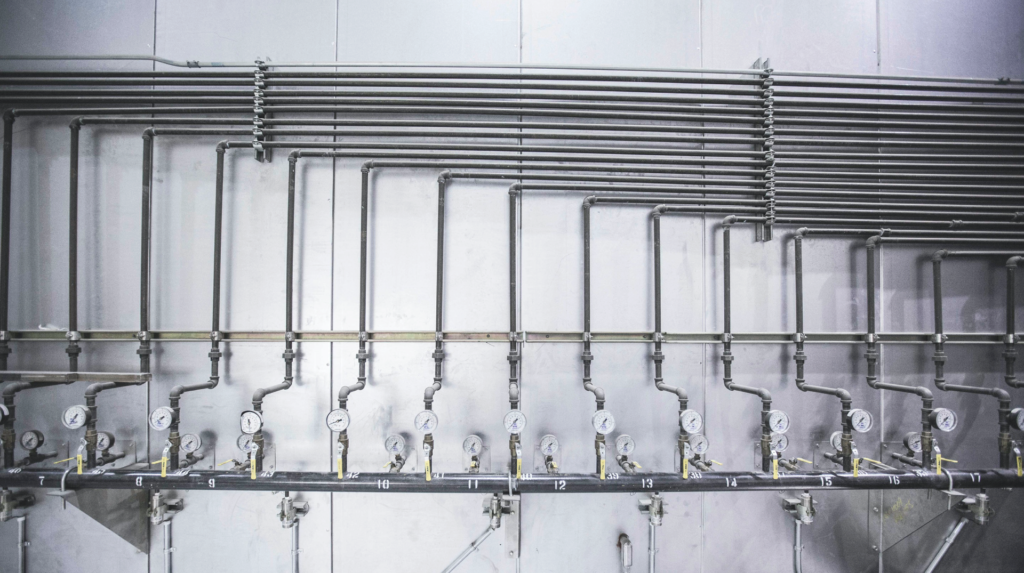Plumbing
From a sustainability perspective, total water system management may be the most critical feature of a building. Our engineers understand this importance and create designs that provide water-efficient solutions while maintaining performance. Plumbing engineers are involved with systems that overlap into the mechanical, civil, and chemical engineering disciplines and help influence the water efficiency, sustainable site, energy, and pollution systems of a facility. Plumbing system design incorporates all aspects of the plumbing system, including:
Potable water building supply and distribution piping. The objective in designing the water supply systems for any project is to ensure an adequate water supply at adequate pressure to all fixtures and equipment at all times and to achieve the most economical sizing of the piping.
Plumbing fixtures are evaluated by the plumbing engineer to determine that the type, arrangement, space requirements, and standards are met. Fixture traps are also evaluated to ensure that the device provides a liquid seal that will prevent the back passage of air without affecting the flow of sewage or waste through it.
Plumbing fixtures are evaluated by the plumbing engineer to determine that the type, arrangement, space requirements, and standards are met. Fixture traps are also evaluated to ensure that the device provides a liquid seal that will prevent the back passage of air without affecting the flow of sewage or waste through it.
Sanitary drainage refers to the discharge from the fixture through pipes and stacks to a sewage system. Sanitary piping is installed in a building for the purpose of removing waterborne wastes. The flow of air is the primary consideration in the design of a venting system for the ventilation of the piping and protection of the fixture trap seals of a sanitary drainage system. Since air is of such primary importance, it is essential that the plumbing engineer be familiar with the physical characteristics that are pertinent to its behavior in a plumbing system.
Sanitary drainage refers to the discharge from the fixture through pipes and stacks to a sewage system. Sanitary piping is installed in a building for the purpose of removing waterborne wastes. The flow of air is the primary consideration in the design of a venting system for the ventilation of the piping and protection of the fixture trap seals of a sanitary drainage system. Since air is of such primary importance, it is essential that the plumbing engineer be familiar with the physical characteristics that are pertinent to its behavior in a plumbing system.
Storm water drainage and site drainage. Storm water is considered to be rainwater, surface runoff, groundwater, subsurface water, or similar clear wastes, exclusive of sewage and industrial wastes. Every building must have adequate provisions for draining water from roofs, paved areas, courts, and yards.
Storm water drainage and site drainage. Storm water is considered to be rainwater, surface runoff, groundwater, subsurface water, or similar clear wastes, exclusive of sewage and industrial wastes. Every building must have adequate provisions for draining water from roofs, paved areas, courts, and yards.
Medical gas and medical vacuum systems include the pipes, fixtures, and other apparatus for medical gas, anesthetic waste gas, or vacuum systems. These systems also include anesthetic waste gas recovery, medical air nitrous oxide, oxygen, nitrogen, helium, carbon dioxide, and other gas mixtures.
Plumbing Equipment including water heaters, hot water circulating equipment, sumps and ejectors, water treatment equipment, booster pump systems, and backflow equipment.
Private water supply and private sewage disposal applications are for remote areas where sanitary sewers are not available and areas with inadequate water supply.


